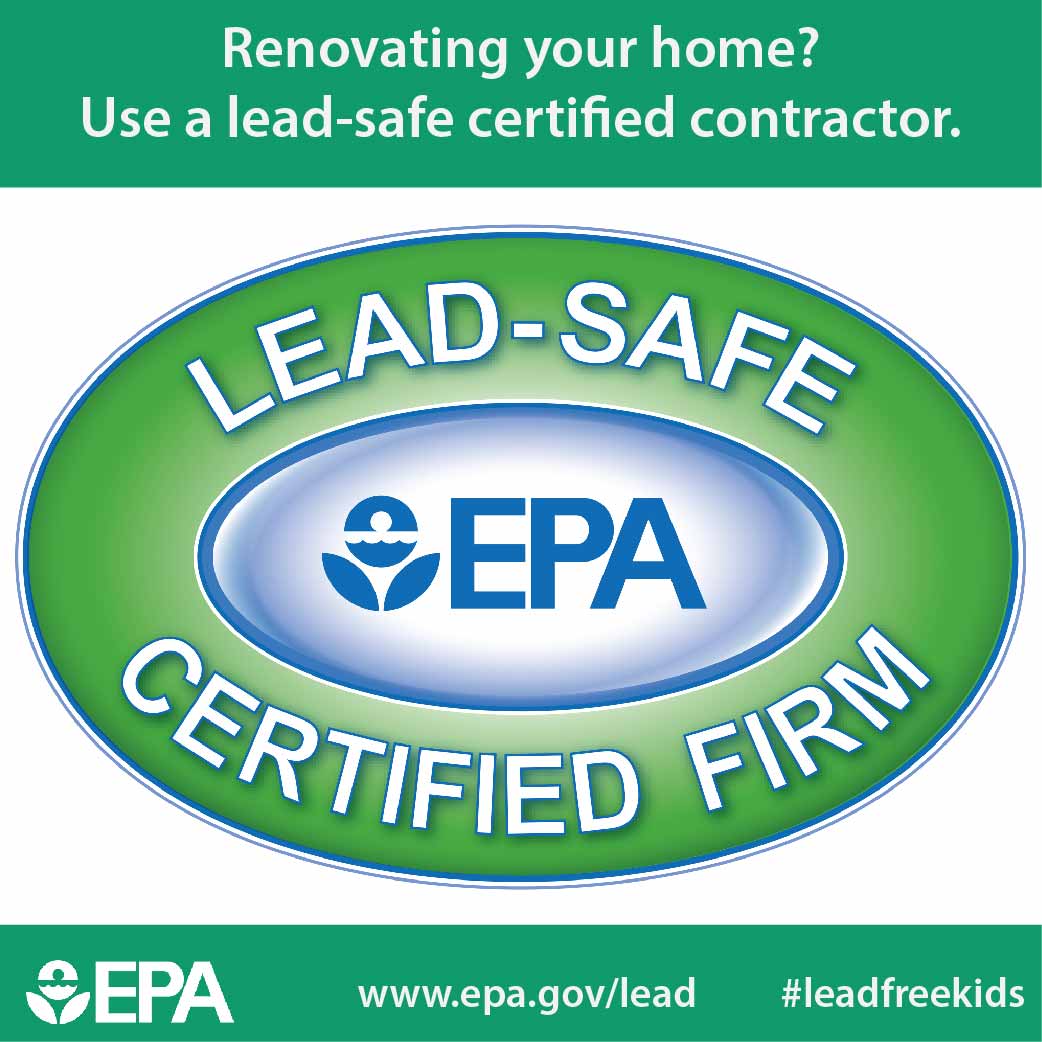Seasonal Factors To Consider For Business Exterior Paint: What You Required To Know
Seasonal Factors To Consider For Business Exterior Paint: What You Required To Know
Blog Article
Content By-Regan Celik
When you're intending an industrial external paint task, seasonal elements can make or break your outcomes. You'll want to take into consideration just how temperature and moisture influence paint application and drying times. Picking the right period can guarantee your paint adheres correctly and lasts longer. But which seasons are genuinely the most effective for this kind of work? Let's check out the crucial elements that can affect your task's success.
The Influence of Temperature on Paint Application
When you're preparing a commercial outside paint task, the temperature level can considerably influence how well the paint sticks and dries.
Preferably, you intend to paint when temperature levels range between 50 ° F and 85 ° F. If it's as well cool, the paint might not treat appropriately, leading to concerns like peeling or cracking.
On the other side, if it's also warm, the paint can dry out too rapidly, avoiding proper attachment and leading to an irregular finish.
You should likewise consider the moment of day; morning or late afternoon offers cooler temperatures, which can be extra positive.
Constantly check the maker's referrals for the certain paint you're utilizing, as they usually offer guidance on the ideal temperature array for optimum outcomes.
Humidity and Its Effect on Drying Times
Temperature isn't the only ecological variable that affects your industrial outside painting job; moisture plays a considerable duty also. High humidity levels can slow down drying times drastically, affecting the total top quality of your paint job.
When the air is filled with moisture, the paint takes longer to cure, which can result in problems like poor bond and a greater threat of mildew growth. If you're painting on a particularly damp day, be planned for prolonged delay times between layers.
It's essential to keep an eye on local climate condition and plan appropriately. Ideally, go for humidity levels between 40% and 70% for optimum drying.
Keeping these consider mind guarantees your project remains on track and supplies a long-term surface.
Best Seasons for Commercial Exterior Paint Projects
What's the most effective time of year for your commercial outside painting jobs?
commercial painting services london and very early fall are typically your best choices. Throughout these periods, temperature levels are moderate, and moisture degrees are typically reduced, developing excellent conditions for paint application and drying.
Prevent summertime's intense heat, which can create paint to dry too rapidly, bring about inadequate attachment and surface. Similarly, winter season's chilly temperatures can hinder appropriate drying and healing, running the risk of the long life of your paint task.
Go for days with temperature levels in between 50 ° F and 85 ° F for ideal results. Remember to inspect the neighborhood weather report for rain, as wet problems can ruin your job.
Preparation around these elements guarantees your painting job runs smoothly and lasts much longer.
Final thought
Finally, planning your business external paint jobs around seasonal factors to consider can make a considerable distinction in the result. By organizing work throughout the ideal temperature levels and moisture degrees, you'll guarantee far better adhesion and drying times. Keep in commercial interior painter twin cities to keep an eye on local weather prediction and choose the right time of year-- springtime and early fall are your best options. Taking these steps will certainly help you accomplish a durable and expert coating that lasts.
